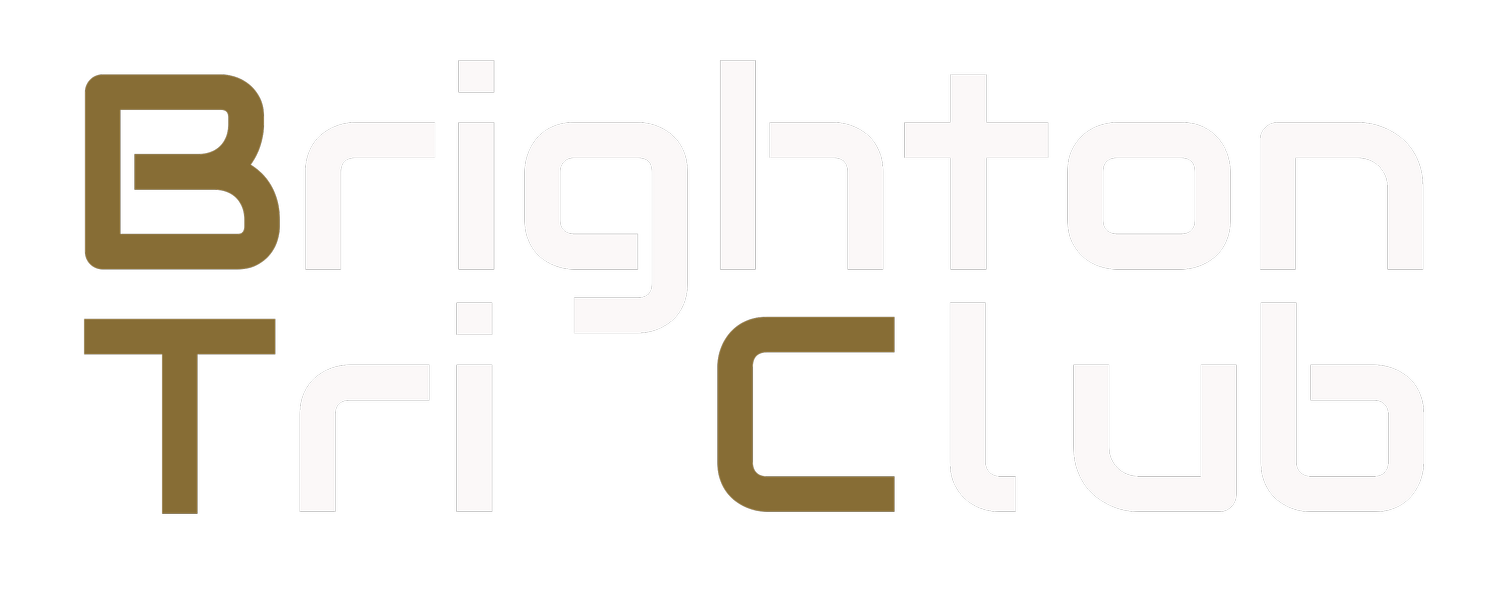Rest, the art of doing nothing.
/The biggest myth in endurance sports is that training makes you fitter and faster. It doesn’t. Training makes you tired, damages your muscle tissue and depletes your energy systems. No one ever finished a 10km run and thought “wow, I feel stronger than when I started”. If training made you fitter, then doing 12 hours a day, 365 days a year would be the answer to all our weaknesses.
The truth is, rest makes you fitter. The part in between training makes you stronger, faster and better adapted to your goals.
When training you apply stress to your body in a variety of different ways. When you stop and rest, the magic elves in your body run around and fix the things you’ve broken. While they’re at it, they make a few adaptations to make you better for next time. If you don’t give yourself enough rest, the elves don’t have enough time to fix you, and your body won’t make the adaptations it needs.
Successful training is stressing the body to ask for adaptations then allowing time for your body to make them.
If we’re honest, we all think if we’ve sat still for ten minutes we’ve lost fitness. We think all our competitors are out there running, swimming or biking their way into beating us. Social media doesn’t help either, Strava league tables and photos of club mates churning out the miles while you’re sat on the sofa eating Doritos.
Unfortunately, when we train hard and don’t recover properly, we find our performance stagnating or going backwards, this can lead to a vicious cycle as the solution seems obvious. Train more. We can all see how that works out.
The reality is that most of us would probably be faster with a bit less training and every bit as fast with a lot less training. Or to put that another way, we’d all be faster with a bit more recovery and a lot more recovery wouldn’t do us any damage.
If you combine that extra recovery with an increase in training quality, you are on to a winning formula. Less Junk, more quality, better recovery.
As Shane Sutton liked to say, There’s no such thing as overtraining, just under recovery.
So how do you do recovery?
Realistically, unless you’re an elite level athlete, a young athlete or a pro, recovery means doing nothing. Pros might do recovery runs, swims and rides but for most of us, particularly masters athletes, recovery should be doing as near to nothing as possible. Let’s be honest, how many of us are disciplined enough to do a proper recovery paced session without misbehaving. Obviously, life gets in the way but remember Pros don’t do full-time jobs and recovery runs. They don’t spend the day looking after the kids and shopping before a recovery bike. They sleep half the time, get a massage, drink a few Kale smoothies and head out for a recovery swim. If you’re not a pro, take a nap in front of the fire instead. My favourite rest motto is “don’t stand when you can sit and don’t sit when you can lie down”.
Don’t wait until later to start recovery though. Recovery starts as soon as training finishes. You need your nutrition ready to go as soon as you stop. If you finish at home that’s easy. If it’s one of the club sessions, bring it with you. You need to feed your recovery elves. A small amount of protein and some carbs within the first 40 minutes is the biggest helping hand you can give yourself. Don’t wait!
Finally, plan for it. We’re all great at planning what we’re going to do but how many of us are planning for what we’re not going to do? Have a look at your training diary for the last few weeks and the next few weeks. How many rest days are there? How many of you got halfway through your last rest day, panicked and went for an “easy swim”?
Plan some proper rest into your schedule. Make it specific. Make sure easy days follow hard days and easy days precede your hardest breakthrough workouts. You can’t do a massive power interval workout the day after a 100km tempo ride. Your rest days should follow your breakthrough sessions. Whether that’s a Parkrun PB attempt, a 10km race, your first 4km swim of the year or a big hills session on the bike. Those days when you are looking to progress to the next level need to be followed by time to adapt. It might mean having to miss out on some of the club sessions or an event here and there, but you’ll be stronger and faster for it.
So be realistic about yourself and your level of discipline. Get quality nutrition at the right time and plan some regular rest into your schedule.
If you do this, it comes with a go faster stripe.



